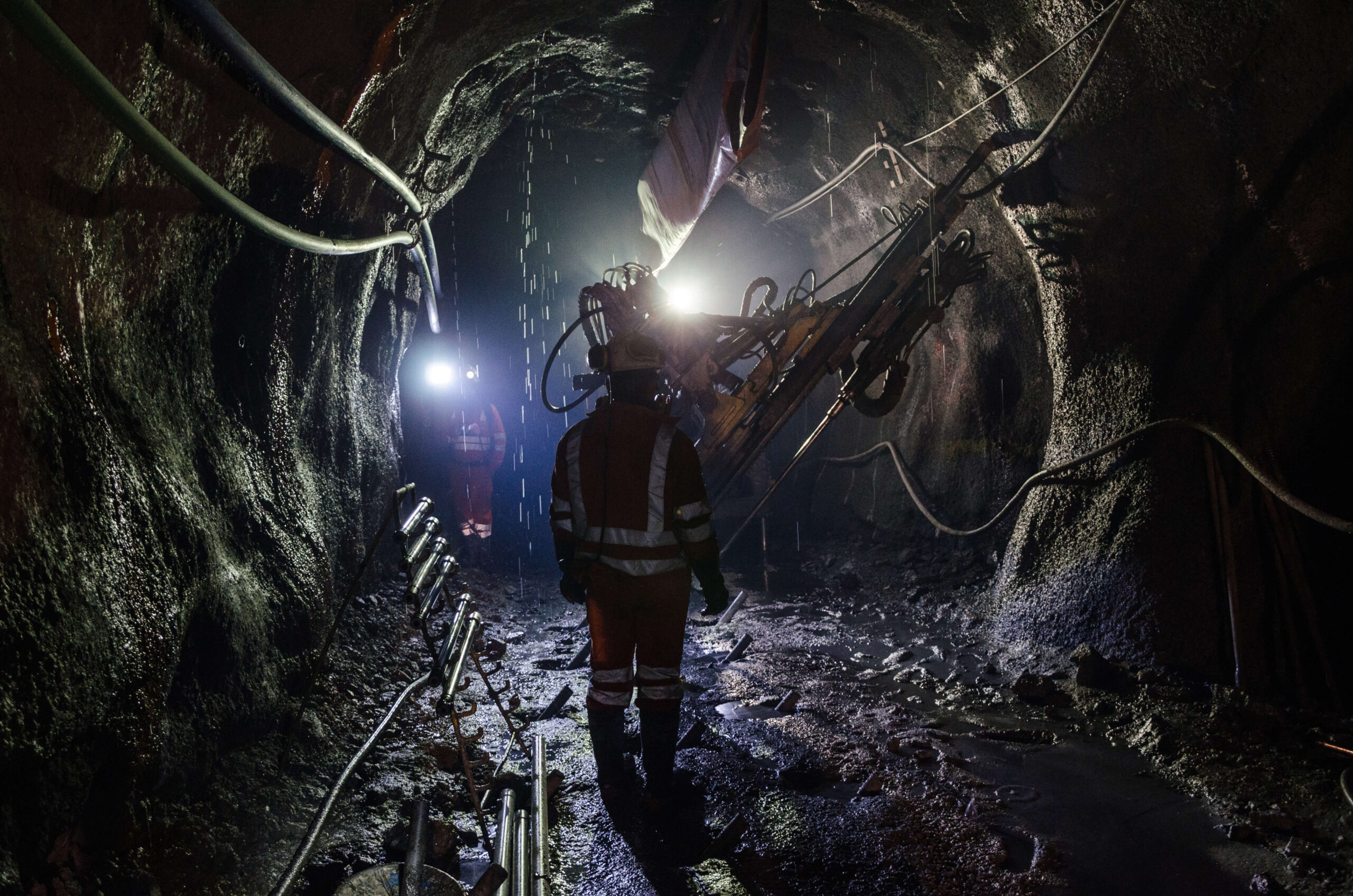The Mine Safety and Health Administration (MSHA) recently announced that it is implementing a silica enforcement initiative focused on reducing exposures to respirable crystalline silica.
In its notice to stakeholders, MSHA states that, at mines with “repeated overexposure to crystalline silica,” inspectors will conduct spot inspections every fifteen days at irregular intervals using the model applied for mines that emit methane. This model is described in section 103(i) of the Federal Mine Safety and Health Act.
Section 103(i) requires the agency to perform spot inspections at frequencies of five to fifteen days, at irregular intervals, whenever MSHA finds the presence of methane or “some other especially hazardous condition.” To our knowledge, MSHA has conducted spot inspections under section 103(i) only for methane-producing mines—none for “some other especially hazardous condition[s].”
MSHA has provided operators with very little information on the new enforcement program. What is stated echoes what has long been in place concerning silica enforcement at metal/nonmetal mines, including that abatement will be required “within a period of time” and that section 104(b) withdrawal orders will be issued for “overexposures not abated.”
The agency has not indicated how it will decide what constitutes “repeated” overexposures or whether MSHA will inform an operator that it is approaching the level of having “repeated” overexposures before launching into section 103(i) enforcement at a mine. Additionally, MSHA has not indicated how it will decide that it is time to stop conducting these spot inspections at a given mine.
Operators can expect there will be more to this program than appears in the announcement. For example, for abatement, inspectors may try to require an operator to provide a written corrective action plan targeted at addressing the root cause of the exposure. There may be issues with convincing inspectors that the mine has accurately identified the root causes or that adequate means are being put in place to address them.
Finally, inspectors may be more readily issuing 104(b) orders without giving operators a realistic period of time to complete repairs or implement other measures needed to reduce exposures. Operators may also face challenges in completing abatement on things such as housekeeping conditions that can, by their very nature, lead to elevated exposure for a limited time.
While this initiative is plainly meant to be limited to silica, at least some inspectors seem to be extending this beyond silica to include respirable dust and even total dust. This is happening even though there is no significant silica content in the materials and including in situations where miners are wearing respiratory protection.
To manage this targeted enforcement, whether focused on silica or nonsilica dust exposure, operators may want to consider the following:
- Periodically conducting sampling, as conditions warrant, to identify the potential for overexposure and testing the effectiveness of engineering controls.
- Conducting side-by-side sampling at the same time MSHA does sampling to have a comparison against MSHA’s sample results.
- Where agency sampling has identified a potential overexposure, developing an abatement plan and keeping the inspector informed of the plan and progress made in implementing it.
- When more time is needed to achieve abatement than originally anticipated, letting the inspector know as soon as possible and requesting an extension of the abatement period for the citation.
- Maintaining up-to-date training and fit testing on respiratory protection, such as ensuring miners are clean-shaven where needed for wearing a respirator.
- having training and fit testing records readily available.
- In the event MSHA issues a 104(b) failure-to-abate order, understanding what is within the scope of the order, requesting clarification, if necessary, and asking the inspector to modify the order to limit its scope where MSHA has delineated the order as affecting a broader area than is reasonably related to the circumstances leading to the overexposure.
MSHA’s initiative undoubtedly is being launched in anticipation of the upcoming release of a proposed rule on respirable crystalline silica. To the extent MSHA’s increased sampling leads to the issuance of more citations, the agency will likely use that data to justify more restrictive requirements in its new rule. While MSHA’s silica permissible exposure limit is still unchanged, the agency clearly is not waiting for its new rule to ramp up enforcement.
A version of this article was previously published in Pit & Quarry Magazine.





